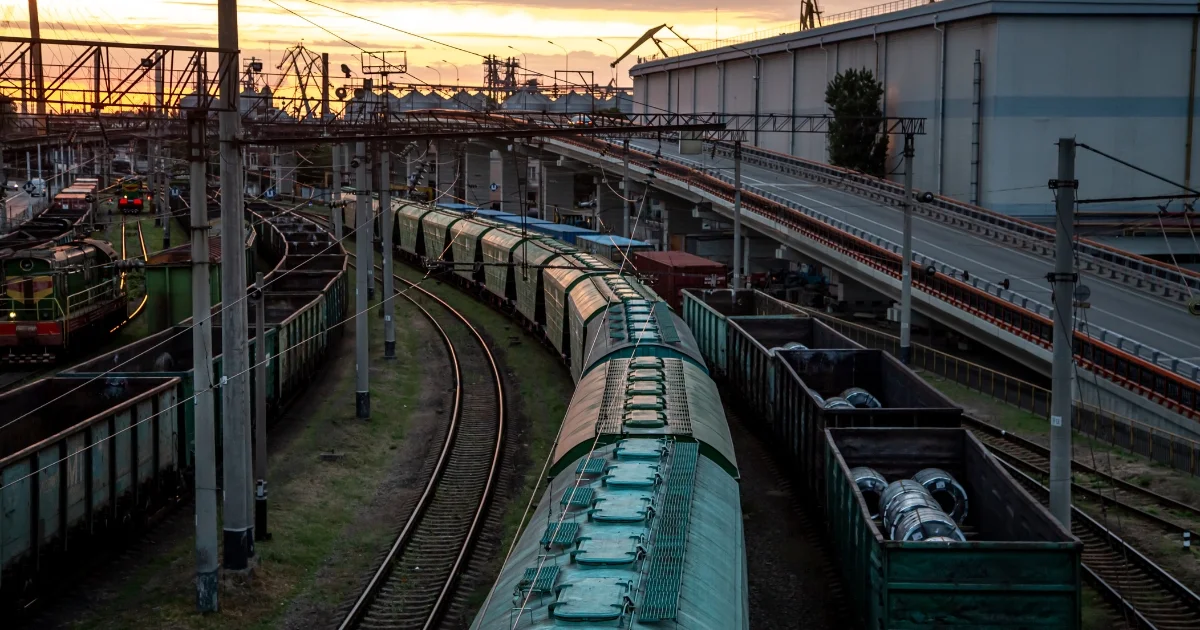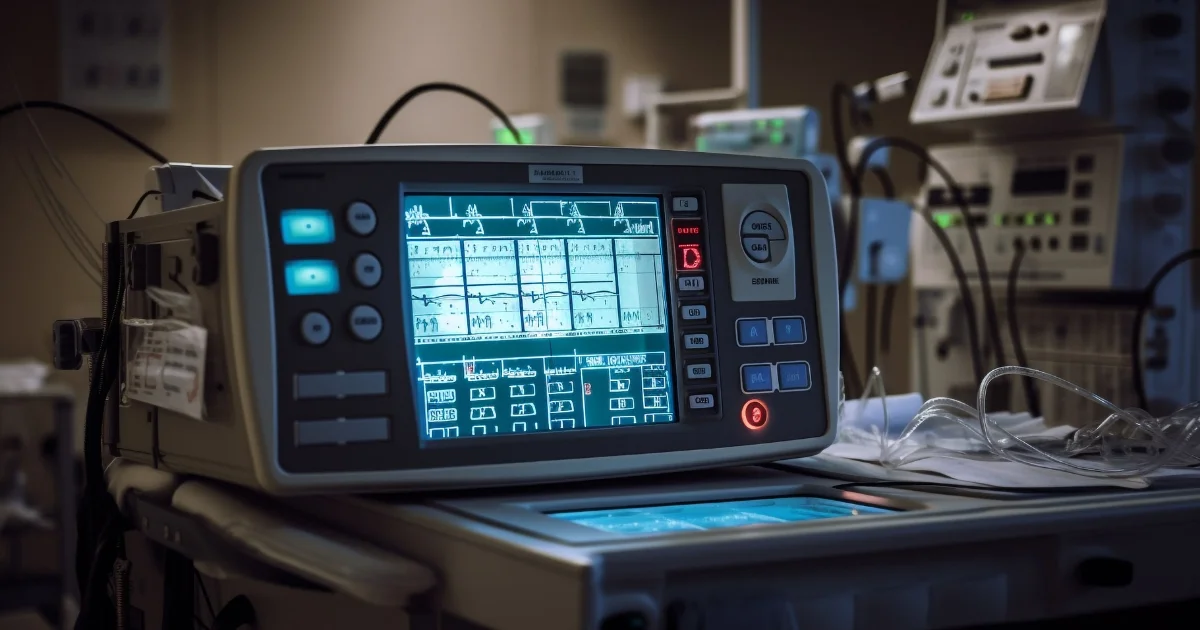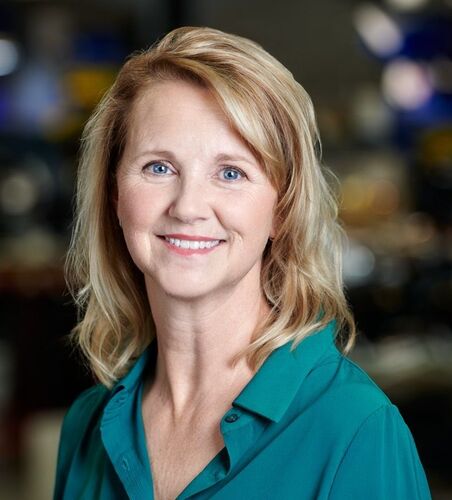
We collect basic website visitor information on this website and store it in cookies. We also utilize Google Analytics to track page view information to assist us in improving our website.

Power supply problems can arise in many ways. When hospital diagnostic equipment produces a blurry image; or train systems malfunction, four key power supply design components are usually involved: inductors, chokes, reactors, and filters. Each one controls power differently and selecting the wrong components during power supply design risks complete equipment failure.
In high reliability settings such as aerospace and medical facilities, power supply issues can cause equipment overheating, incorrect readings, or equipment that stops working completely. As an example, hospital imaging machines need special filters for clear imaging. A second example can be train systems that need powerful reactors to handle massive electrical loads. Off the shelf components often can't handle these tough jobs.
Different equipment needs different power solutions. Medical equipment must have clean, steady power. Aircraft systems need reliable power for safety. Factory machines need stable power to keep running. When basic components aren't enough, custom-designed solutions protect this critical equipment from failure.
This guide explains what makes each power component different and when you need custom versions. Whether you work with simple equipment or complex systems, knowing these differences helps avoid costly mistakes.
An inductor is used to introduce Inductance (L) into an electric circuit, preventing sudden changes in current flow. When a current (i) flows through the coil of an inductor, it develops a voltage potential (e) across its contact leads. This process allows the inductor to temporarily store electrical energy in a magnetic field within the core and around the coil. The core enhances the inductance and efficiency by concentrating magnetic flux lines within a closed magnetic path structure, helping to stabilize power inconsistencies.
An inductor's performance is determined by factors such as core material, wire gauge, air gap, and the number of turns in the coil. Most inductors use iron, ferrite, or air cores, each offering different characteristics for specific applications. The number of turns and the core type influence the strength of the magnetic field, directly affecting how the inductor functions within a circuit. For a deeper look at how inductors work, this technical guide from Bel Fuse covers their role alongside chokes, reactors, and filters.
You'll find inductors hard at work in many important industrial systems, such as:
In solar and wind power installations, they help convert unstable power into smooth, usable electricity.
Inside factory robots and automated systems, they keep power steady, so machines run smoothly.
In medical imaging equipment, they filter out electrical noise that could blur important diagnostic images.
While standard inductors work for basic jobs, you need a custom solution when your system requires a specific voltage or frequency range, when you're working with tight spaces or weight limits, or when your equipment operates in tough conditions like extreme heat or vibration.
Getting the right inductor, especially when you need a custom one, isn't just about making things work. It's about making them work reliably and efficiently for years to come. That's why engineers spend so much time choosing exactly the right inductor for each job.
A Choke is an Inductor type with or without a ferromagnetic core, used to block, hence “choke”, alternating current (AC) in a circuit by limiting the rate of change over a specified frequency range, while allowing passage of lower frequency AC or direct current (DC). This effect is often used in power supply circuits where the public AC mains (line) supply has to be converted to a DC supply suitable for powering electronic circuits.
In critical equipment like medical scanners or aircraft systems, this type of inductor protects against power disturbances that could cause equipment damage or system failures.

There are two main types of chokes, each designed to handle different forms of interference.
Common-mode chokes target interference affecting multiple power lines at once. Medical imaging systems need these to maintain diagnostic accuracy. Aircraft navigation depends on them for reliable signal quality. A failure in common-mode filtering could lead to blurred scans or corrupted flight data. These components are especially crucial in environments with high external interference.
Differential-mode chokes handle interference between individual power lines within a system. Manufacturing facilities rely on them to protect automated equipment from internal power fluctuations. Without proper filtering, voltage spikes could damage expensive machinery or halt production entirely. In industrial settings, these chokes often prevent costly downtime and equipment damage.
Chokes are widely used in hospitals, aircraft, factories, and data centers, where clean power is a necessity. In medical applications, chokes help maintain diagnostic accuracy, ensuring reliable imaging results. Aerospace electronics depend on them to keep communication and navigation systems free from interference. In industrial automation, they prevent voltage fluctuations from disrupting robotic precision and production efficiency.
While standard chokes work in many applications, some industries require specialized designs. Extreme electrical noise, unique frequency requirements, or strict regulatory compliance may demand custom chokes tailored to specific operating conditions. In these cases, engineered solutions provide the precise filtering needed to ensure uninterrupted performance and system longevity.
Reactors are large electrical reactors that keep industrial power systems stable and protected. Unlike regular inductors, these parts handle huge electrical loads, stopping power surges that can damage costly machines or shut down entire operations.
The science behind reactors is straightforward but critical. They create controlled electrical impedance in power circuits, acting as a barrier against voltage spikes and harmonic distortion. Without this protection, power fluctuations could overheat motors, trigger system failures, or cause widespread equipment damage.
Line Reactors guard industrial systems against power surges. When voltage suddenly spikes, these reactors absorb the excess power that would otherwise destroy factory equipment, HVAC systems, or motor drives.
Harmonic Reactors tackle power quality issues caused by modern electronic equipment. Variable frequency drives (VFDs) and uninterruptible power supplies can create electrical noise that strains systems. These reactors clean up the power, keeping equipment running within safety standards.
Load Reactors protect motors from electrical stress. In mining operations, railways, and industrial automation, motors need consistent power to function reliably. These reactors prevent overheating and control startup current surges.
Reactors play a vital role in power plants, transportation systems, manufacturing facilities, and renewable energy infrastructure – anywhere stable power distribution is necessary. In high-voltage substations, reactors help prevent electrical overloads that could cause grid instability. In electric train systems, they regulate power flow to traction motors, ensuring safe and efficient operation.
While standard reactors work in many applications, some systems require custom-engineered solutions to handle specific voltage levels, frequency conditions, or environmental constraints. Reactors designed for extreme temperatures, high-vibration environments, or unique electrical loads provide greater reliability and efficiency compared to off-the-shelf models.
Power filters remove unwanted electrical noise and interference from power systems. Unlike basic surge protectors, these components provide sophisticated frequency control, ensuring equipment gets clean, stable power. This filtering capability is crucial in medical facilities, electronics manufacturing, and communications systems where signal quality directly affects performance.
Filters use specific combinations of electrical components to control which frequencies pass through. Through careful design of inductors and capacitors, they create paths that trap interference while allowing desired power signals to flow. This selective blocking prevents both electromagnetic (EMI) and radio frequency (RFI) interference from disrupting sensitive equipment.
Different types of filters handle different jobs:
Low-pass filters block high-frequency interference while allowing lower frequencies through. These protect power supplies and sensitive electronics from fast-changing electrical noise that could cause malfunctions.
High-pass filters do the opposite - they block low-frequency interference while allowing high-frequency signals to pass
Bandpass filters are more selective, allowing only specific frequency ranges to pass through. Medical imaging equipment relies on these for precise signal control and clear diagnostic results.
EMI filters handle a specific challenge: electromagnetic interference. They shield sensitive electronic systems from the electrical noise generated by motors, power lines, and wireless devices. In industrial settings, where heavy machinery operates near delicate control systems, EMI filtering prevents equipment failures and data corruption.

Filters protect essential equipment in some of the toughest conditions. In hospitals, they keep power steady for accurate test results – one small power problem could affect patient care. Telecommunications centers rely on them to keep data flowing smoothly through their delicate communication systems. Without proper filtering, important messages could be lost.
Manufacturing facilities need filters to protect precision machinery. Modern factory floors run on complex automated systems that depend on clean, stable power. Even minor electrical interference can throw off calibration or cause expensive production errors. Research laboratories face similar challenges, where delicate scientific instruments need pristine power conditions for accurate measurements.
While standard filters handle common interference problems, many specialized applications demand custom solutions. High-tech medical equipment might need filters designed for specific frequency ranges. Data centers often require filters that can handle unusual power loads or meet strict performance standards. Manufacturing equipment might face harsh electrical environments that overwhelm basic filters.
Custom-engineered filters become essential when standard components can't meet these challenges. Whether it's dealing with high-frequency noise, meeting strict regulatory requirements, or handling unusual power conditions, these specialized filters ensure reliable operation where standard units would fail. In critical applications where clean power directly affects performance and safety, custom filtering solutions protect both equipment and operations.
Choosing the right electrical component requires matching your system's exact needs. Whether you need an inductor, choke, reactor, or filter, getting it wrong can lead to equipment damage or system failure.
Key Selection Factors:
Power and Frequency Needs: Components must handle your specific power levels and electrical signals
Environmental Requirements: Consider heat, vibration, and moisture resistance needs
Load Capacity: Ensure components can handle your system's full electrical load
Safety Standards: Match industry-specific requirements for medical, aerospace, or industrial use
Think of custom components as an investment in reliability. While they might cost more upfront, they can prevent expensive problems down the road. For critical systems where failure isn't an option, custom-engineered solutions often provide the best long-term value.
From medical equipment to high-speed trains, the right power components keep critical systems running safely. Whether you need an inductor, choke, reactor, or filter, choosing the wrong one risks expensive repairs or dangerous failures. Custom solutions provide the reliability these systems need to run safely and meet all requirements.
Ready to find the right solution? Let's discuss your specific needs.

